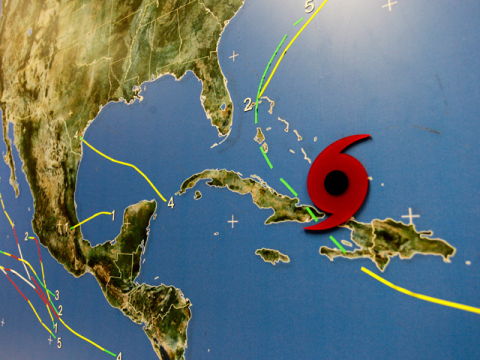 Last year’s Hurricane Season is one for the record books, marking the longest stretch without a hurricane in Florida since the National Hurricane Center began tracking back to 1851. So, why aren’t property insurance rates dying down like the winds? Because insurers know the cycle won’t last and that the costs associated with a hurricane’s long tail require building up the reserves to pay those damages, said the Insurance Information Institute(I.I.I.).
Last year’s Hurricane Season is one for the record books, marking the longest stretch without a hurricane in Florida since the National Hurricane Center began tracking back to 1851. So, why aren’t property insurance rates dying down like the winds? Because insurers know the cycle won’t last and that the costs associated with a hurricane’s long tail require building up the reserves to pay those damages, said the Insurance Information Institute(I.I.I.).
Regular premiums collected in any given year are typically sufficient to cover calamities that affect one property at a time, such as house fires or bursting water pipes. But they are insufficient to pay the enormous volume of claims resulting from natural disasters, such as hurricanes and earthquakes. To pay these costs, insurers use historical data to factor in a catastrophe’s “long tail” in order to smooth out rates over the years and build the necessary reserves. Unlike the state-run insurance entities, namely Citizens Property Insurance and the Florida Hurricane Catastrophe Fund, private insurers do not borrow money after a hurricane to pay claims. Insurance regulations require private insurers to have money on hand—in advance—to pay for major storms.
Historically, Florida’s average return on net worth for property insurance is well below the national average. In storm-free years, the rate of return outpaces the nation, yet the bottom drops out with powerful storms that can wipe out years of cash reserves in a single day. From 2000 to 2009, the U.S. rate of return on net worth was 4.7 percent for homeowners insurers; Florida’s rate of return on net worth for the same time period was 0.5 percent. The chart below shows what rock bottom looked like after the eight storms of 2004/2005, with a dramatic drop in net worth of -183.3 percent in 2004 followed by -53.4 percent in 2005.
“Insurance companies have been operating in the red in Florida since Hurricane Andrew in 1992,” said Lynne McChristian, Florida representative for the I.I.I. “To say that Florida is a challenging market for insurers is certainly an understatement. Profitability is subjected to both high winds and legislative whims, and when some private insurance companies felt they could not appropriately price insurance policies to deal with the vast volatility, they retreated from the market.”
Other coastal states have had their return on net worth impacted in the past decade by major storms as well, most recently Hurricane Katrina, which devastated Louisiana and other Gulf Coast states. Southeast Atlantic states to Florida’s north, however, including the Carolinas, were only lightly impacted by tropical events between 2000 and 2009, contributing to higher profits in the region.
Florida’s hurricane history translates into a 46 percent chance that one will strike each year, according to a report on hurricane frequency and damage costs by the Florida State University Storm Risk Management Center. Insurance rates are based on that reality, as well as the fact that profits made in storm-free years are more than wiped out when hurricanes strike. More hurricanes strike Florida than any other state, a total of 110 storms since 1851, according to the National Hurricane Center. (Texas ranks second with 59 hurricanes.)














